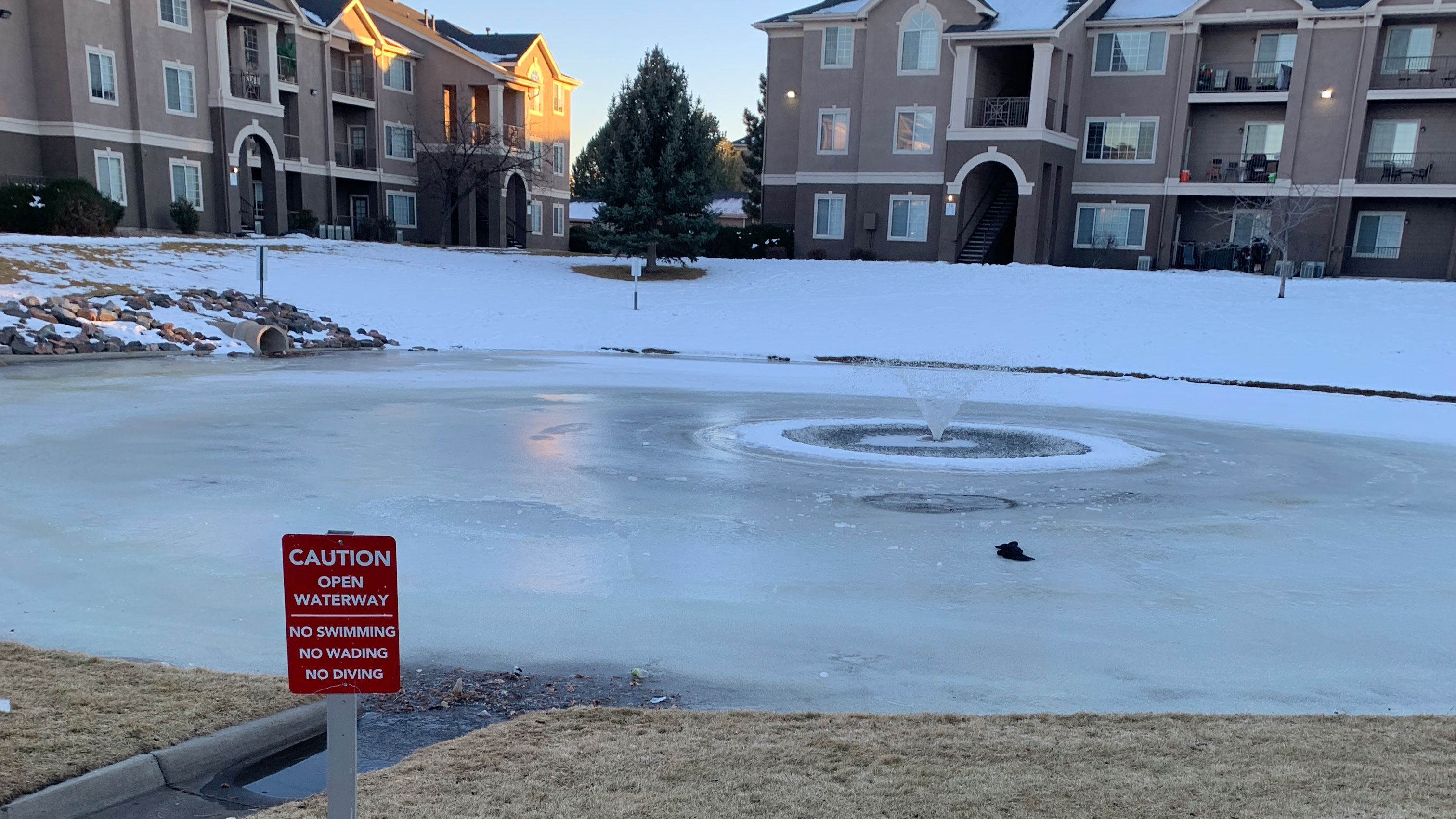(NEXSTAR/WAVY) – The Internal Revenue Service has begun issuing a second round of economic impact payments of up to $600 for individuals — or $1,200 for married couples, and many Americans are wondering when they can expect to see theirs.
Monday, Jan. 4 is the official payment date, but the IRS said some taxpayers may have seen the direct deposit payments as pending or as provisional payments in their accounts before then. Initial direct deposit payments began arriving in bank accounts Dec. 29, and mailing of paper checks started the following day.
“Throughout this challenging year, the IRS has worked around the clock to provide Economic Impact Payments and critical taxpayer services to the American people,” said IRS Commissioner Chuck Rettig said in a press release. “We are working swiftly to distribute this second round of payments as quickly as possible.”
Haven’t received your check yet? Once again, the IRS has launched its “Get My Payment” tool where you can check on the status of your second round of payments. When you go to this link, you must first verify your identity by answering security questions. If you encounter any issues, check the IRS Frequently Asked Questions page.
The payments are part of a massive bipartisan bill and government funding package meant to provide economic help to millions of Americans amid the coronavirus pandemic.
In a tweet, the U.S. Treasury Department wrote that no action is required for eligible taxpayers to receive the payments. The payments will be delivered for most people via direct deposit. Taxpayers who received the first round of payments last year but don’t receive a direct deposit payment will generally receive a check by mail or, in some instances, via a debit card.
“The IRS reminds taxpayers that the payments are automatic, and they should not contact their financial institutions or the IRS with payment timing questions,” the IRS said.
According to the IRS, the second round of payments, in general, will be up to $600 for individuals and up to $1,200 for married couples filing jointly, with an additional $600 for each qualifying child. Dependents aged 17 and older are not eligible for the child payment.
Rettig said taxpayers are urged to visit IRS.gov for the latest information on payments, including eligibility criteria and how eligible taxpayers can claim a payment.
Taxpayers who don’t typically file federal income tax returns but might be eligible can register using the non-filers tool on the IRS website if they think they might be due payment. Those in this category may not usually file because their income is below the minimum threshold.
Eligible individuals who did not receive either the first or the second economic impact payment will be able to claim it when they file their 2020 taxes in 2021.
Who is eligible for the second economic impact payment?
U.S. citizens, permanent residents and qualifying resident aliens who:
- Have a valid Social Security number,
- Could not be claimed as another taxpayer’s dependent, and
- Had adjusted gross income under certain limits.
If you don’t usually file a tax return and you do not receive your economic impact payment, the IRS may not have enough information to determine your eligibility. This includes those receiving the federal benefits listed below.
- Those receiving Social Security retirement, disability (SSDI), survivor benefits
- Supplemental Security Income (SSI) recipients
- Recipients of Veterans Affairs Compensation and Pension (C&P) benefits
- Individuals who receive Railroad Retirement (RRB) benefits










































































































